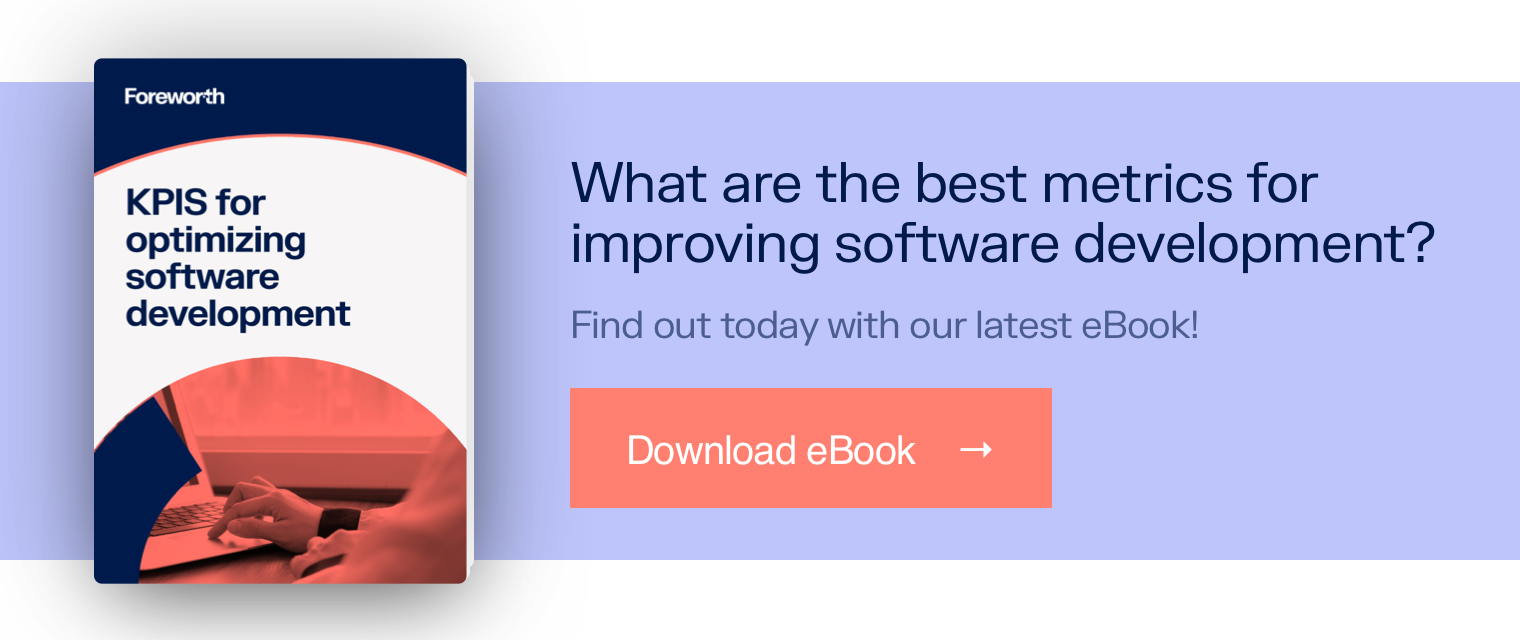The software evaluation process is never easy and is often fraught with risk. The unfortunate fact is that it can be difficult to separate the hype from reality. After applications have been evaluated, it can be challenging to effectively implement them within your organization.
Such problems are often heightened when dealing with AI systems. This type of technology is inherently complicated since it’s based on complex probabilities and not clear-cut outcomes. With many new AI systems being released, it’s quickly becoming one of the most talked-about technologies available on the market today.
That said, there are strategies you can follow to help reduce risks and improve the odds of success. The key is to have a disciplined approach to your software evaluation process. To help with this, we’ve created a list of five steps to consider when evaluating new AI software.
#1 – Understanding the Fundamentals
You do not have to be a coder or engineer to understand the business purposes of AI. At the same time, you do still have to spend some time studying the technology. The good news is that there are many free sources to learn about AI. Youtube, for example, is a great place to start.
One thing to keep in mind is that AI is essentially a catch-all for a myriad of technologies, such as Deep Learning, Machine Learning, NLP (Natural Language Processing), and so on. While this may seem daunting, the fact is that the technology has a fundamental core: It’s about processing large amounts of data and applying algorithms to it. This results in certain predictions that could range from estimating when a machine will break down, forecasting the churn rate, or even understanding customer sentiment.
The data is often the most critical part of AI. If you do not have quality sources, the models will simply not work. A considerable amount of time should be spent on this process to ensure high-quality outcomes.
#2 – IT Assessment and Goal Setting
Before evaluating AI software, it’s important to look at your existing IT infrastructure. You should identify the data sources across your organization and the software that manages them. By doing so, you’ll be able to find the gaps.
You’ll then be able to come up with a specific use case with measurable goals for the AI. An effective approach is to start in one department and search for the problem areas. For example, suppose you want to improve the customer experience by selecting chatbot software for your website. You could then create goals for the bounce rate, the number of sessions, and the length of the conversations. This would help you learn more about the chatbot, its capabilities, and the metrics.
#3 – Leverage Existing Systems
It may come as a surprise that you most likely are already using software with AI capabilities. Most ERP and CRM systems make use of this technology. These systems already have access to large amounts of data and have the added benefit of boasting some of the best technical experts in the field.
Another benefit of using existing software is that it’s already been implemented and integrated within your organization. This will lessen the risks of adoption, and thus increase the chances of getting solid results.
#4 – Build vs. Buy
Buying off-the-shelf AI software is usually the best option. That said, you’re not completely off the hook with the software evaluation process. It is usually difficult to compare solutions because many of them often make the same claims.
A way to help with this is to ask the vendor about the data sources. They should be diverse and relate to your industry. It’s generally the case that AI works better when the data is focused on a specific vertical.
Accuracy is another important consideration. There should be ongoing improvements over time. This will indicate that the AI system is continuously learning and improving.
#5—Custom AI Project
There are clear benefits to creating your own custom AI project. It can provide a significant competitive advantage, allowing for better predictions, more focused insights, and easier customization.
Regarding the drawbacks, they are significant as well. Many custom AI projects fail. Even some of the world’s top companies have troubles. According to research from the International Institute for Analytics, less than 10% of AI projects fail to go beyond the pilot stage. This is why custom AI projects are only for companies with considerable resources, talent, and experience.
Software evaluation - Conclusion
Getting started with AI doesn’t have to be an impossible task. The key is to have clear objectives and to focus on existing tools and resources. Then, over time, experience will allow for more ambitious endeavors—perhaps even leading to the development of custom AI projects.
About the author
Juan Pablo González
Working as Foreworth’s Chief Technical Officer, Juan Pablo (JP) manages the company’s technical strategy. With nearly 20 years of experience in software development, he ensures the development process at Foreworth is meeting its keys objectives and technical requirements.
More info →


What do you think? Leave us your comments here!